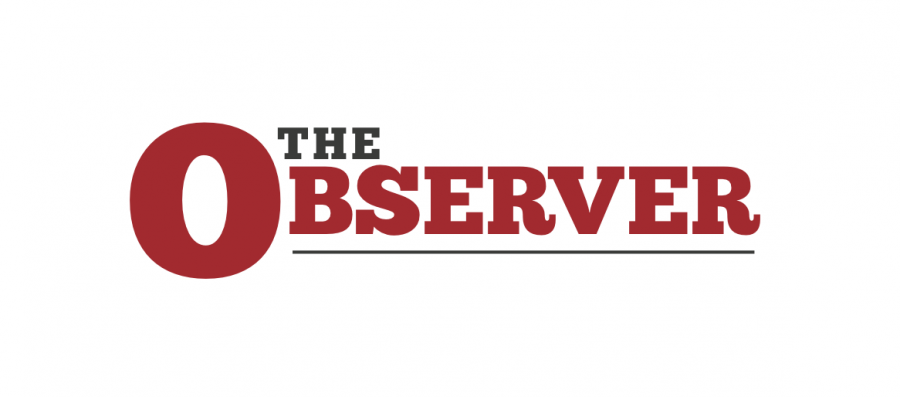Student fees, if you please
May 16, 2019
For a full-time student at CWU, almost a quarter of what is paid to the university at the beginning of each quarter is not tuition, but fees. These are charges that pay for on-campus services and amenities like technology, Recreation Center, transit and the health center. Some are smaller like the $3 transit fee and $10 library fee, but they add up to hundreds of dollars which students then have to pay on top of tuition.
Among these are fees for amenities, like athletics and the Wellness Center. Some students have expressed frustration that they are continuing to pay for services that they may not personally use, such as 20-year-old economics major Theo Fisher.
“I get it for the people that use it, but why am I paying for something I don’t use?” Fisher said.
Throughout CWU’s history, student fees have increased at a constant rate. During the 2014-15 academic year, full-time students were charged $385 per quarter adjusted for inflation, while in the 2018-19 year students were charged $634. According to CWU’s CFO/Vice President of Business and Financial Affairs Joel Klucking, one factor contributing to this raise in fees is the fact that CWU is continuing to get larger and adding services and amenities for students such as building the SURC in 2006.
“When I went to school here 30 years ago, we didn’t have any of the services here. Over time with the students collectively at [CWU] and across America, you see these additional services being requested,” Klucking said. “It’s an evolution over time that started probably back in the [1930s] and [1940s] and slowly but surely, those services have been added on.”
Klucking said that when he went to CWU there was no SURC or Recreation Center, and Nicholson Pavilion was open to students a few hours each day. Students now pay for things like maintenance of the SURC. Another factor in the SURC fee, is that many of those services have been added relatively recently.
“We borrowed $50+ million to build that facility and we have to make the bond payments. We can’t stop charging the SURC and the rec fee until the bonds are paid off,” Klucking said. “But once that happens, then the students could decide what they’re interested in.”
This means that once the bonds are paid off for things like the SURC, students may only be paying for the maintenance or day-to-day costs of those services, most likely much less than the current $171 students pay quarterly for the SURC and Recreation Center. However, CWU sends out surveys every few years asking what changes or additions students are interested in. The most recent surveys indicate that students are still interested in expanding the SURC. While the bonds for the SURC may eventually be paid off, if CWU keeps making additions and updates to buildings and services then they will need to take out future bonds which will be passed down to the students.
“It is [CWU’s] position that having things like the rec center, the health center, help all of the students,” Klucking said. “It’s the whole concept of self-governance. The students have a voice, a very important voice, about the things that they want.”



Kris Gordon • May 23, 2019 at 1:11 pm
If you want stuff, you have to pay for it. Even if you don’t use it, consider it the greater good that you pay for stuff you don’t use like the rec center.
I will say that if you don’t want to use the rec center you shouldn’t have to pay the fee, but if you don’t pay the fee, there should be some kind of a hold on your account preventing you from using it without paying the drop in fee or whatever is charged for locals who want to use it.